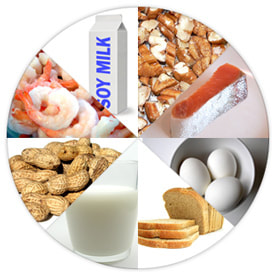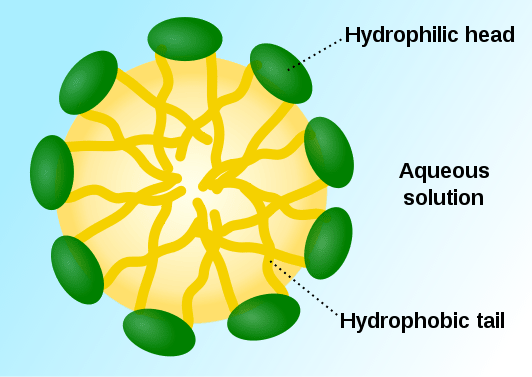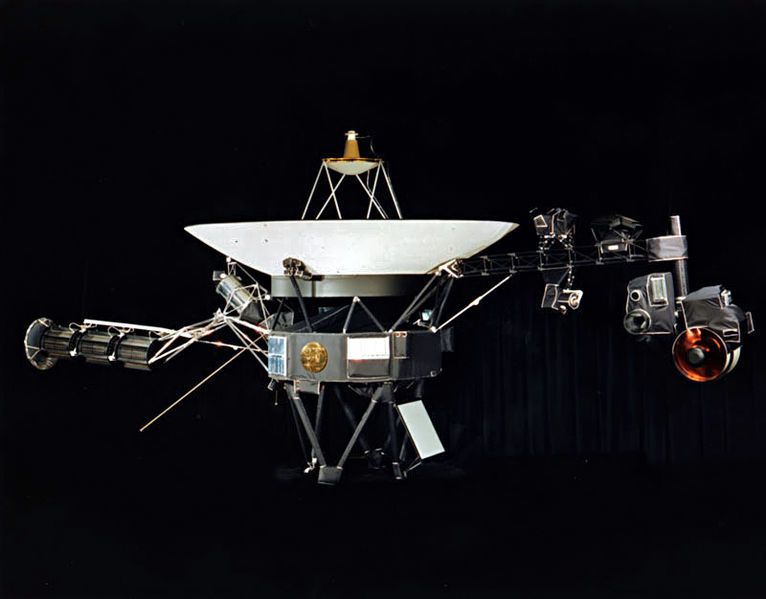|
Professor Lackner, chair of the department of earth and environmental engineering at Columbia University, has written a really cool article for Scientific American called Washing Carbon Out Of The Air.The proposed system would work by using solid sorbents to react chemically with the carbon in the air. The system would then clean the sorbents to be reused. This will work since “Carbon dioxide is an acid, and most sorbents are bases. They react with one another to form a salt. As an example, sodium hydroxide, known as caustic soda, is a powerful sorbent that binds carbon dioxide by forming sodium carbonate (soda ash). Sodium carbonate is still basic and can absorb additional carbon dioxide, transforming into sodium bicarbonate (baking soda), which is also a base”. The major obstacles are price and ensuring that producing this system won’t make more CO2 then it will ever remove. But, the Professor brings out very could counter points to those arguments.
This article is really amazing, if you want to learn more about this system, head over to Scientific American.
0 Comments
Current allergy tests result in a high number of false positives. As a result, many Americans believe that they are allergic to common allergens such as soy, wheat, peanuts, and milk, when in reality, they are able to eat these foods without adverse effects. Up to thirty percent of Americans believe that they are allergic to at least one food product when the actual percent is only five. The most common allergy test is injecting allergens under the skin of the arm and if the body is indeed allergic to the substance, it will produce histamines in that region and cause inflammation. This method is inaccurate because many potential allergens are tested at once so swelling is difficult to pinpoint.
MIT chemical engineer Christopher Love developed a new way for detecting allergies by screening for a patient’s cytokines, small proteins that a secreted by immune cells. When an allergic response is initiated, T cells produce cytokines to attract other immune cells to mount an immune response. The new method requires a patient’s T cells to be isolated from their blood sample and then the T cells are introduced to the allergens. The amount of cytokines generated is measured. For more information, visit http://www.sciencedaily.com/releases/2010/05/100521191241.htm. ~HW BP is currently using dispersant to control the oil in the gulf. A dispersant is basically a fancy word for soap. Formally, it is called surfactant. These chemicals are useful because of oil’s surface tension. The oil wants to reduce the surface area as much as possible because its molecules want to be near each other. This is due to the forces between each molecule (molecules at the surface interact with less of the same molecules, which is avoided by reducing the surface area). By interrupting the intermolecular forces, the dispersant reduces the surface tension. This wouldn’t matter if the blob of oil was in space, with no forces acting on it, but the surface tension is reduced to the point the waves can break up the blob. two blobs have more surface area then one blob, allowing the oil eating bacteria Pseudomonas putida more room to enjoy the huge meal.
Recently, JPL’s Veronia McGregor said “A value in a single memory location was changed from a 0 to a 1” on the Voyager 2 Probe.This caused the probe to send back scrambled data. But why does this matter so much?
Memory location is to a computer what home addresses are to a post office. Each value of memory location points to a piece of memory. Just imagine what would happen if a post office switched around one number in your address. Lucky, the post office can sometimes send mail back back to the sender, however, the wrong address in computing can be disastrous. Let us look into the brains of the Voyager probe…well a simple version with only a thermometer and a radio. While the program that runs Voyager maybe written in something more humane, the computer on voyager thinks in machine code. What is machine code? Our simple version of the Voyager probe would have 3 operations: 0: Take data from thermometer and store in memory 1: Broadcast requested data in requested location in memory 2: delete data in memory by storing random bits For simplicity, let’s say we have 8 bytes of memory. So our happy little probe, running it’s code, decides to take date from the thermometer and store it in the first memory location, it thinks: (Op)(memory) Computer speak: (00)(0001) Human:(Operation zero)(performed on the data in memory location number 1) Now, let’s say it is out of memory and needs to free up space, so it deletes the oldest piece of data, which happens to be at location three: (Op)(Memory) (10)(0011) Human:(Operation 2)(performed on the data in memory location number 3) But alas, the first memory slot is labeled 3 has been mislabeled 1 by a flipped bit. In other words, 0011 will point to location 0001 and 0001 will also point to 0001. So now, location 1, where the data was stored, is wiped. So when the people at NASA ask for the data at location 1, they will get random bits. Now, this is a very simple version of what’s going on, but I think you guys get the point. Confused still? Just ask us, we are here to help you understand science. Would you like to see one of your burning questions (How is March Madness is mathematical?; How are some people “supertaskers”?; etc.) answered in an upcoming issue of Columbia Science Review?
Post a comment with your question, and we’ll pick a lucky reader to address! –GTB |
Categories
All
Archives
April 2024
|



